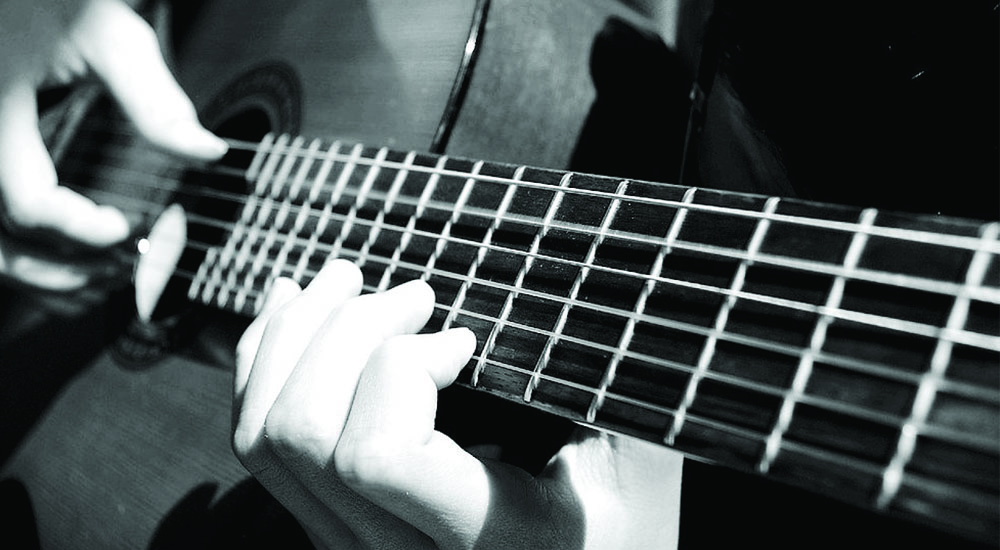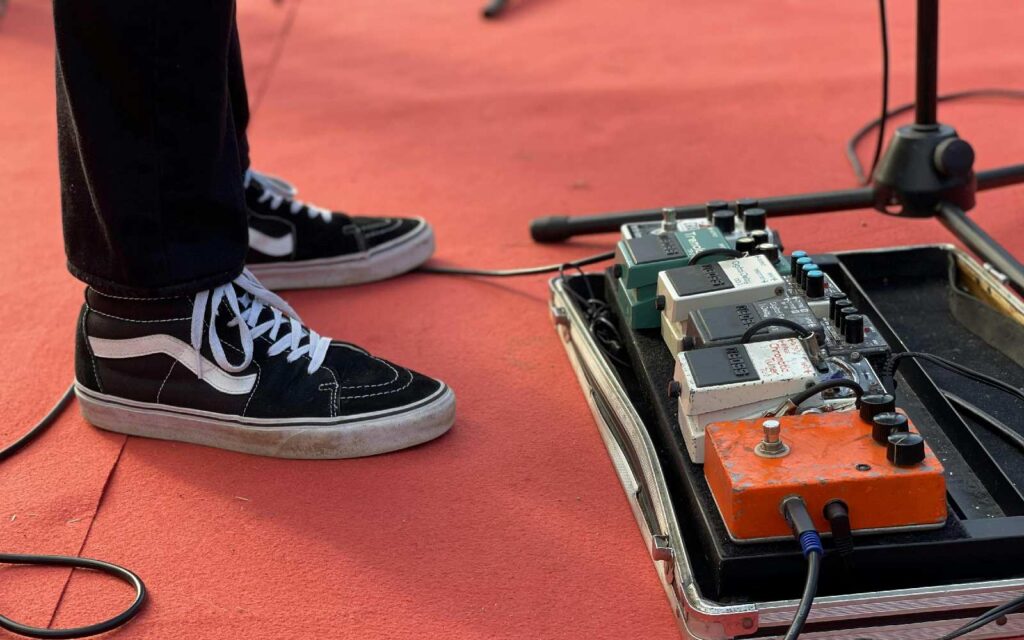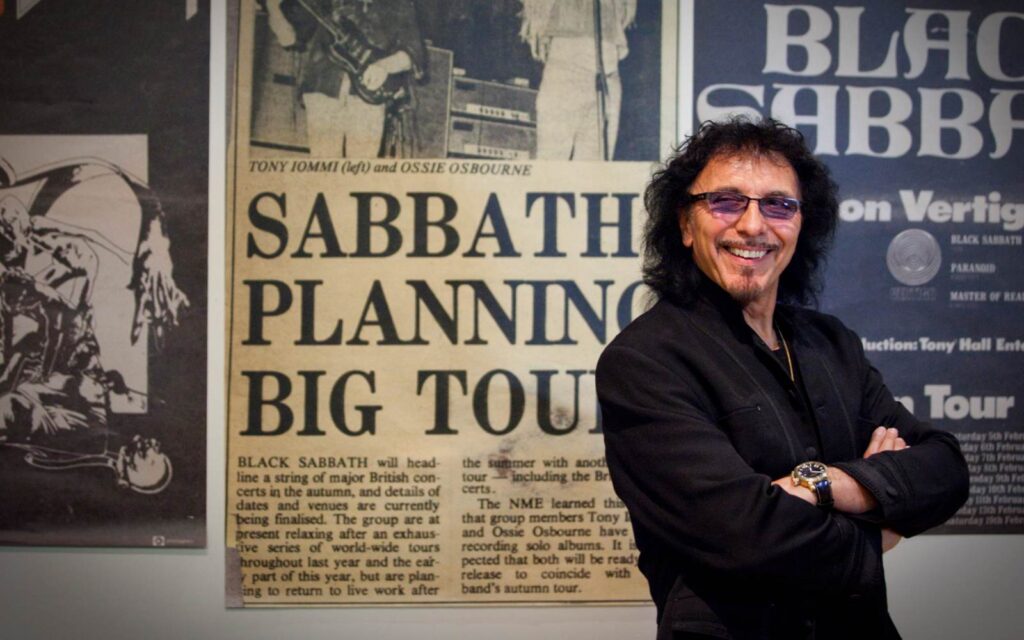
Bar two starts descending from B down to F# then back up to A and finishes by jumping down to the lower D this time. Most of the notes are in order from the D Major Scale be it ascending or descending with only a few jumps of bigger intervals. It sounds completely fine and there’s nothing wrong with these licks but to demonstrate the idea of ‘intervallic’ playing let’s have a look at Figure B.

Keeping the same rhythms as Figure A, Figure B uses a wider range and has a completely different sound. All of these notes are still from the D Major scale, but the jumping around of intervals sounds slightly less predictable to the ear.

Figure C moves to an E Minor sound. The first bar uses a three note run (E, F3 and G) before jumping up to B and then two groups of two notes (E and D up the octave and then B and A up the octave again) creating some wide intervals and big jumps. Bar two again keeps the same rhythm from Figure A and Figure B but has a 12th fret E Minor Pentatonic look to it (similar to some of last month’s examples).
Continuing this theme, I’ve put together an 8 bar phrase filling out Figure B and Figure C with some extra chords (that works nicely over ‘Last Christmas’ by Wham for any of you wanting to extend the Christmas cheer – hey, why not!). Some more ideas in bars three and four, seven and eight jump around the fretboard. Try some yourself, it can just be a matter or moving some patterns up a few frets, over a string or taking a major or minor scale and deliberately not playing the notes in order. There are plenty of amazing players in all styles that use these ideas to break up scalar sounding lines, so get cracking on some of your own to really explore the possibilities.








